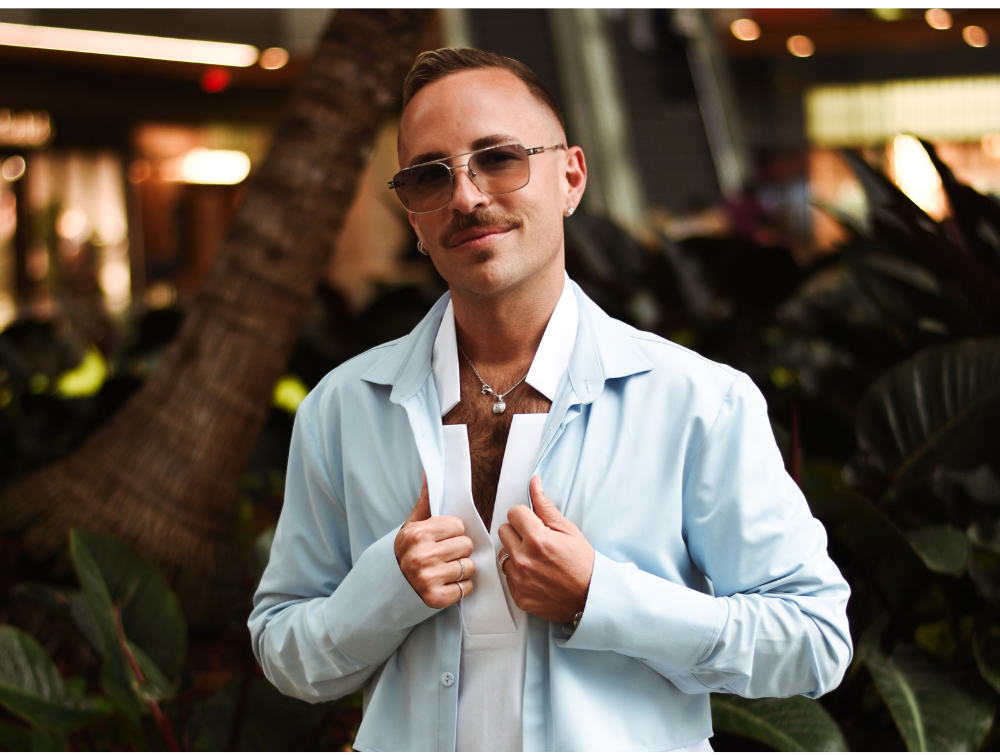Yakuza Princess goes for the jugular with visceral katana-slicing action, but unfortunately gets bogged down by sluggish pacing. Adapted from the graphic novel “Samurai Shiro” by Brazilian comic book artist Danilo Beyruth, the film has striking cinematography and intriguing characters. It takes a deep dive into Japanese organized crime, samurai culture, and sword fighting tactics. Issues arise when the mystery that drives the narrative drones on. The tension established continually deflates with melodramatic lulls. A brutal finale swerves Yakuza Princess back on track for a recommendation.
In 1999 Osaka, Japan, a family gathering turns into a bloody massacre. Twenty-one years later in São Paulo, Brazil’s Japanese district, Akemi (MASUMI) struggles with the random murder of her beloved grandfather. She follows his wishes and continues to practice Kendo with her nearly lifelong master (Toshiji Takeshima). Meanwhile, two seemingly separate events have major repercussions. Takeshi (Tsuyoshi Ihara), a fierce Yakuza lieutenant (kanbu), learns a long kept secret. In a nearby hospital, a gaijin (Jonathan Rhys Meyers) awakens with severe facial lacerations and amnesia.
RELATED: Yakuza Video Game Movie Is Coming from Sega Following the Success of Sonic
Takeshi races back to Japan to reveal what he’s learned to the family boss (oyabun). At the hospital, the Brazilian police show the gaijin an elaborate katana he was found with. It triggers a fleeting memory. Akemi celebrates her sorrowful birthday with drunken karaoke. That night, two very different, lethal men will shape her destiny. Akemi must confront a dark legacy that had been purposely hidden from her.
Yakuza Princess looks amazing. Director/co-writer Vicente Amorim (The Division, Good) bathes the screen in hues of red and green. He embraces a noirish visual style, but uses vivid lighting and accents to bring the comic’s pages to life. This is especially cool when arteries spout like technicolor geysers against a dark background. Limbs and heads are salad bar chopped, but the film doesn’t inundate with gratuitous violence. The action scenes are spread evenly throughout the runtime. It’s the space between them that ends up being problematic.
Yakuza Princess takes way too long to tell a straightforward story. There are a couple of decent reveals, but the impact feels minimal. Akemi constantly asks supporting characters to tell her what’s happening. They could sum everything up in a paragraph of dialogue. But keep passing her around while saying nothing. This happens several times and becomes annoying as hell. Patience wears thin in these extended downbeats. Vicente Amorim wants a dramatic core that resonates. He ends up kneecapping the flow of the film.
The identity of the gaijin leads to a change of trajectory in the plot. Yakuza Princess is essentially the first chapter of a bigger story. Character development builds a solid foundation for another installment. Jonathan Rhys Meyers, Tsuyoshi Ihara, and Masumi, a singer in her feature film debut, pull off the Japanese underworld grit. The flaws that sabotaged the action here can be fixed. I would watch these characters again. Yakuza Princess is a production of Filmland International, Andre Skaf, and Tubaldini Shelling. It will premiere September 3rd in theaters and video on demand from Magnet Releasing.
The views and opinions expressed in this article are those of the author and do not necessarily reflect the official policy or position of Movieweb.
You can view the original article HERE.

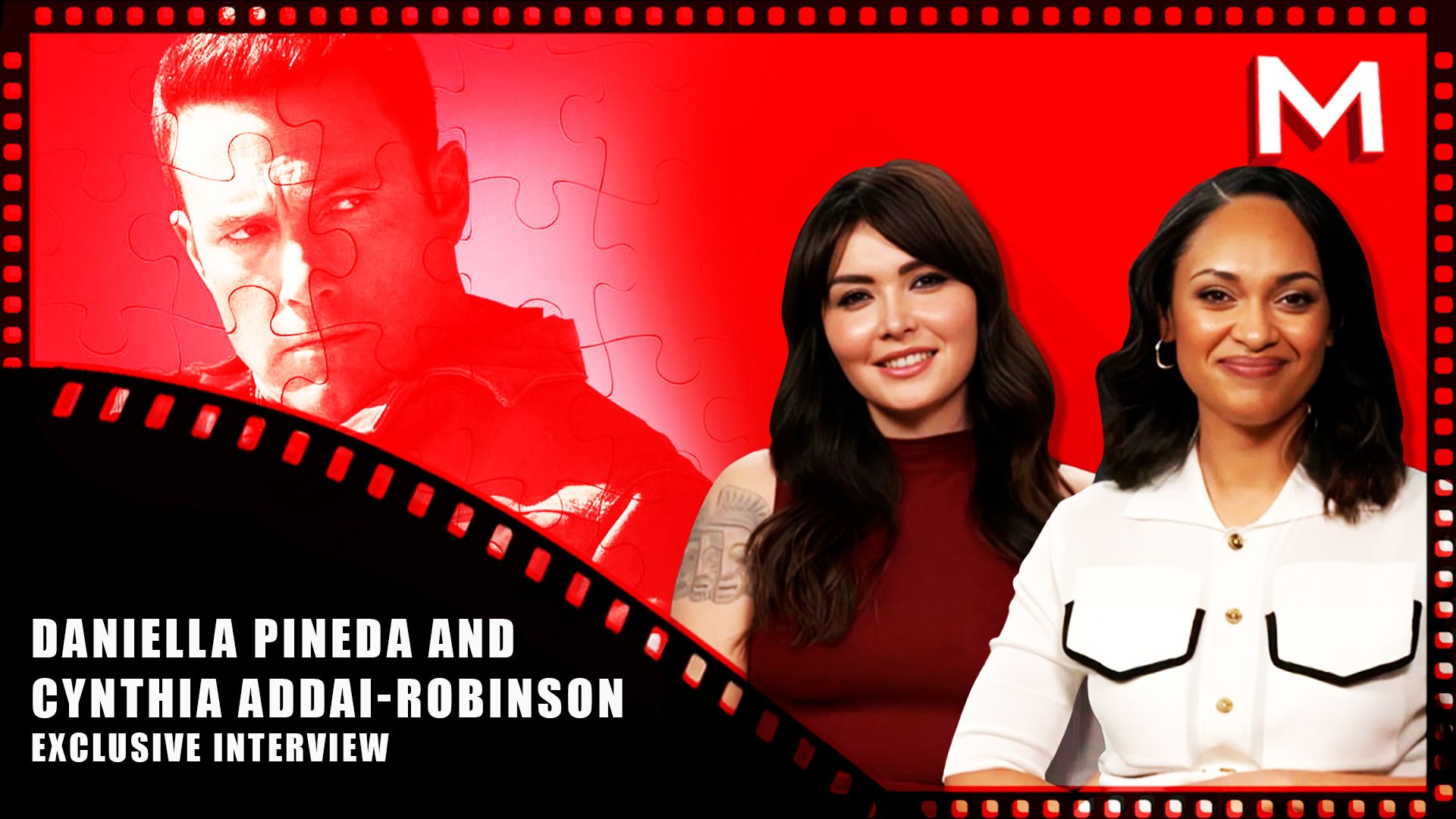


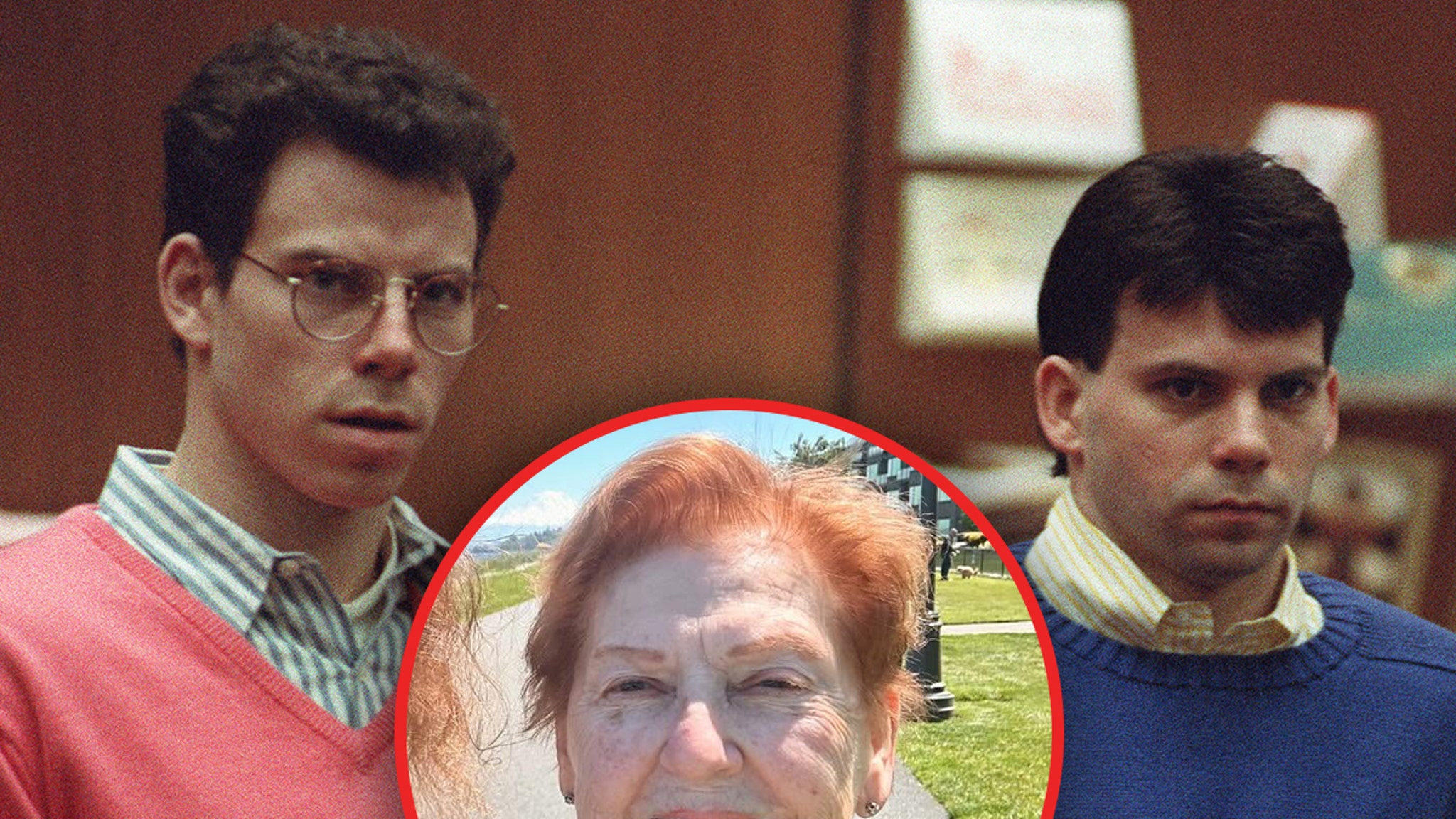


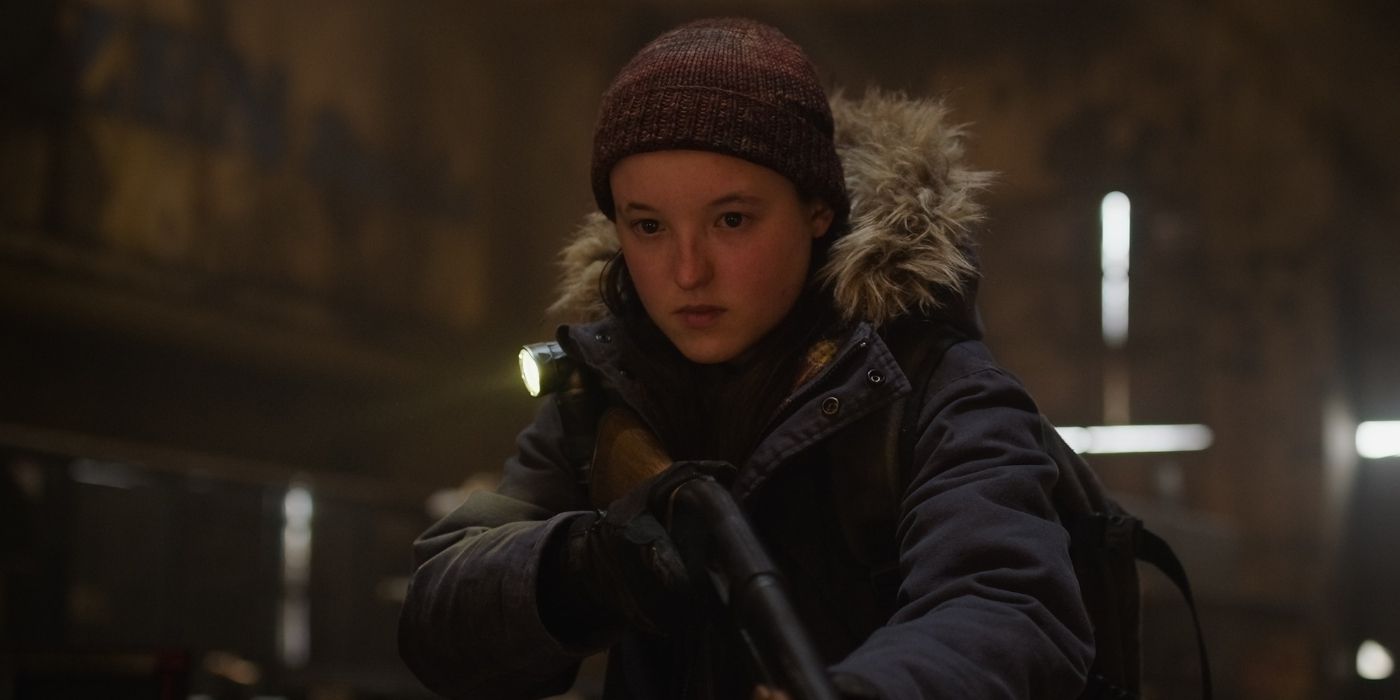

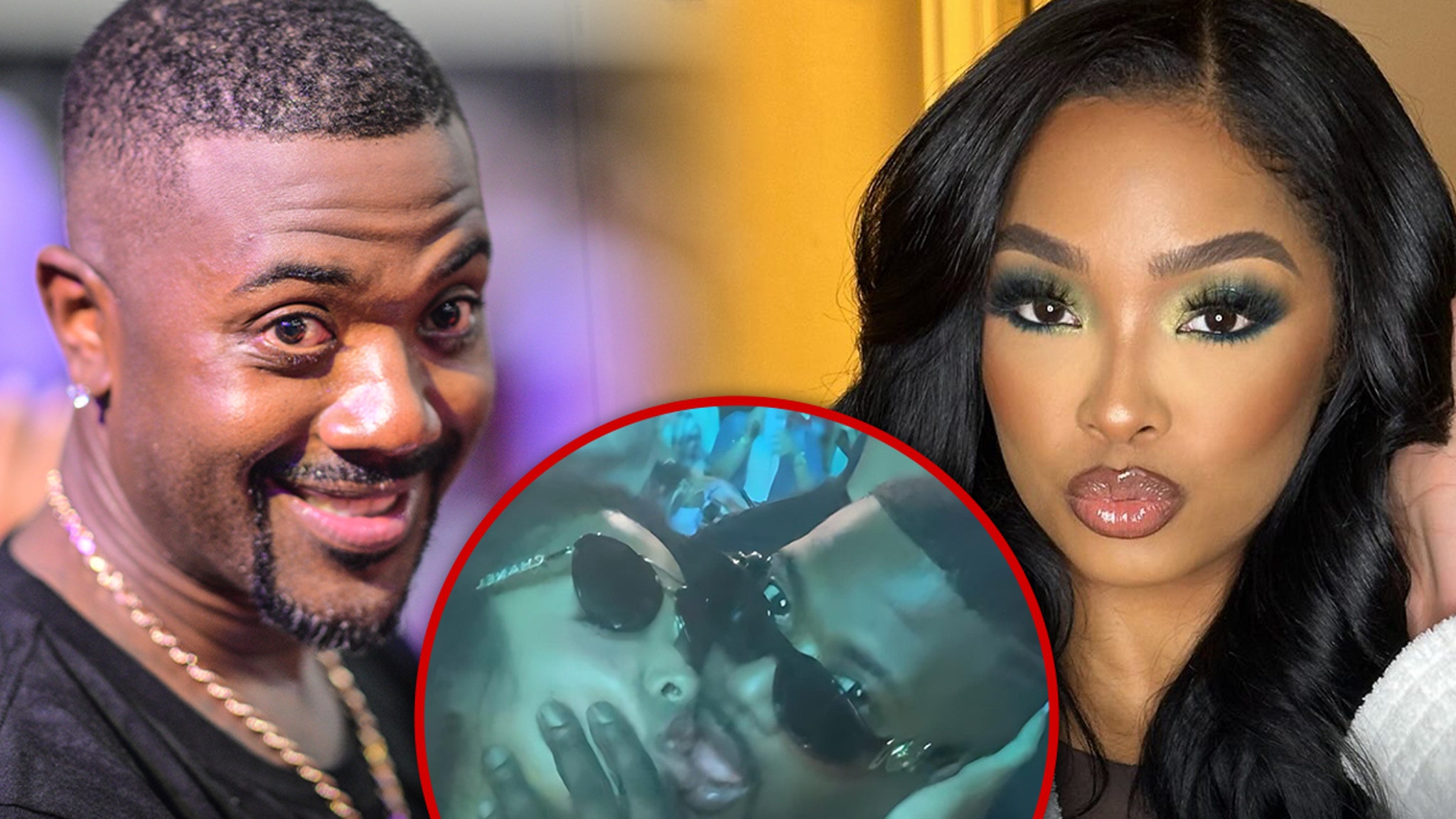
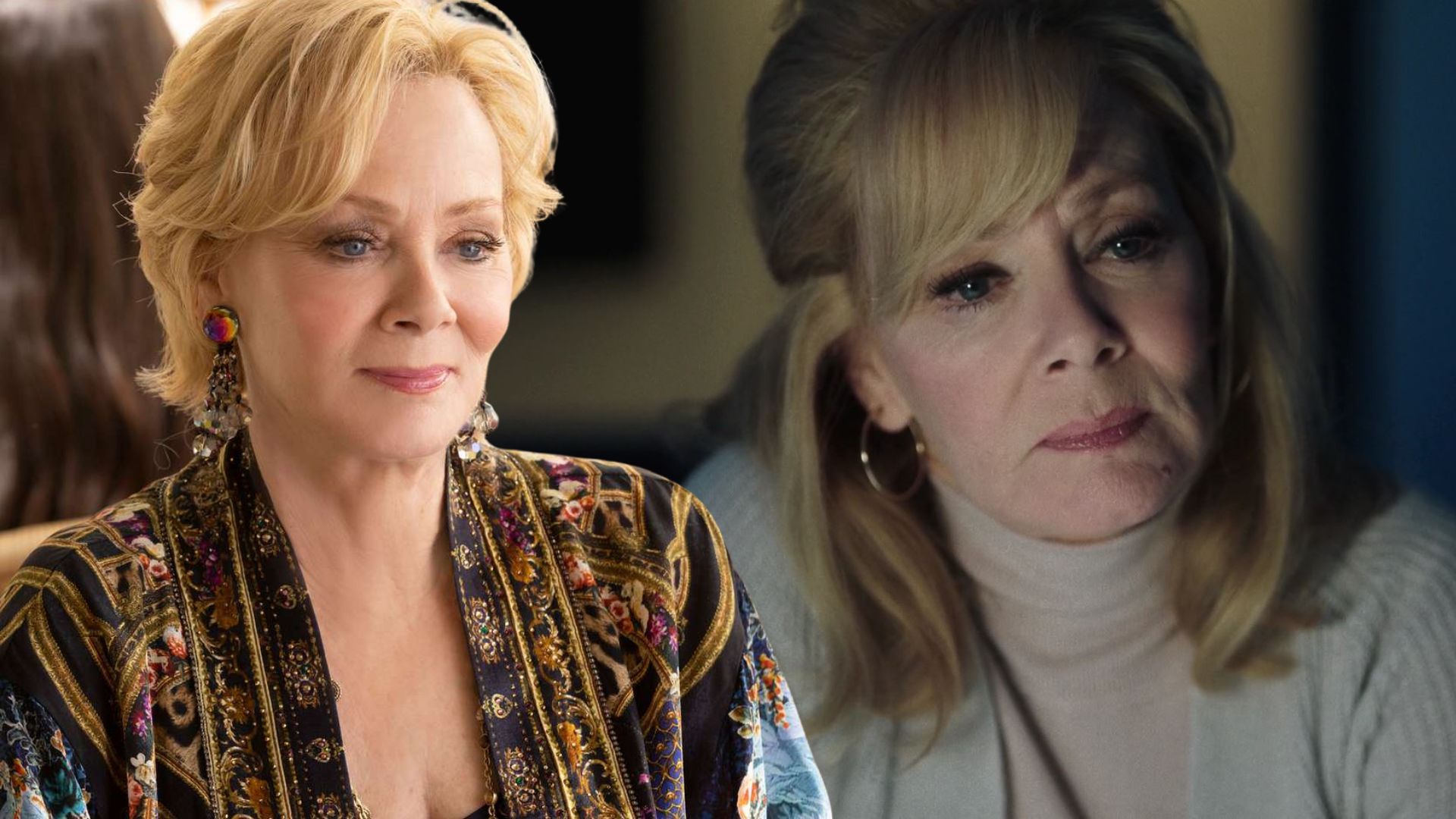






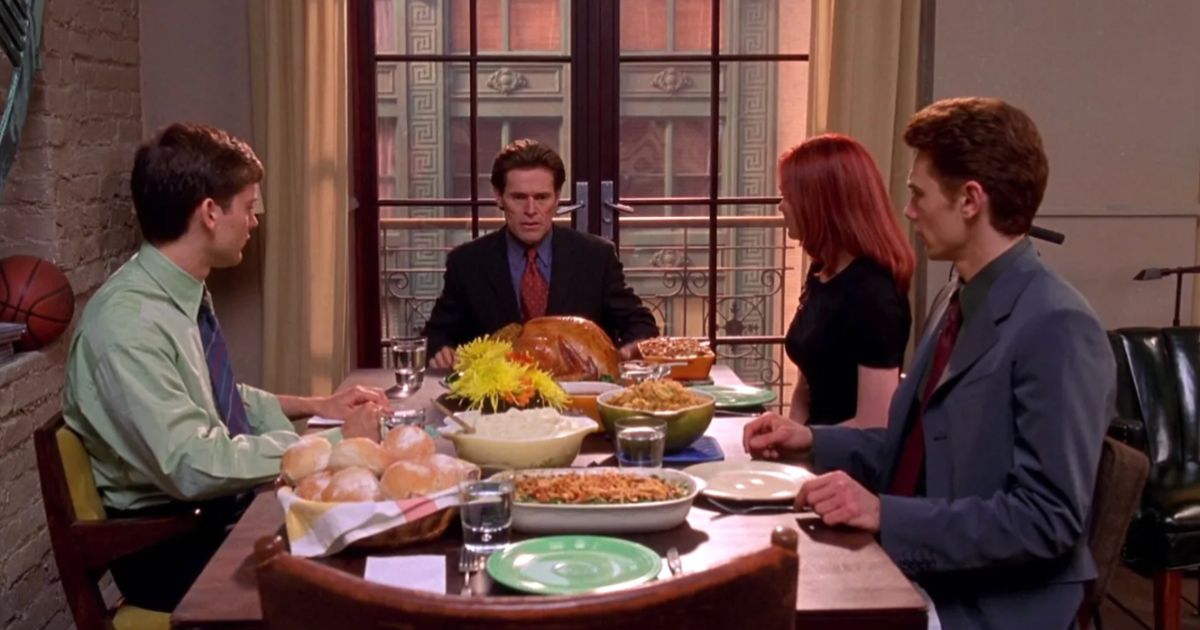
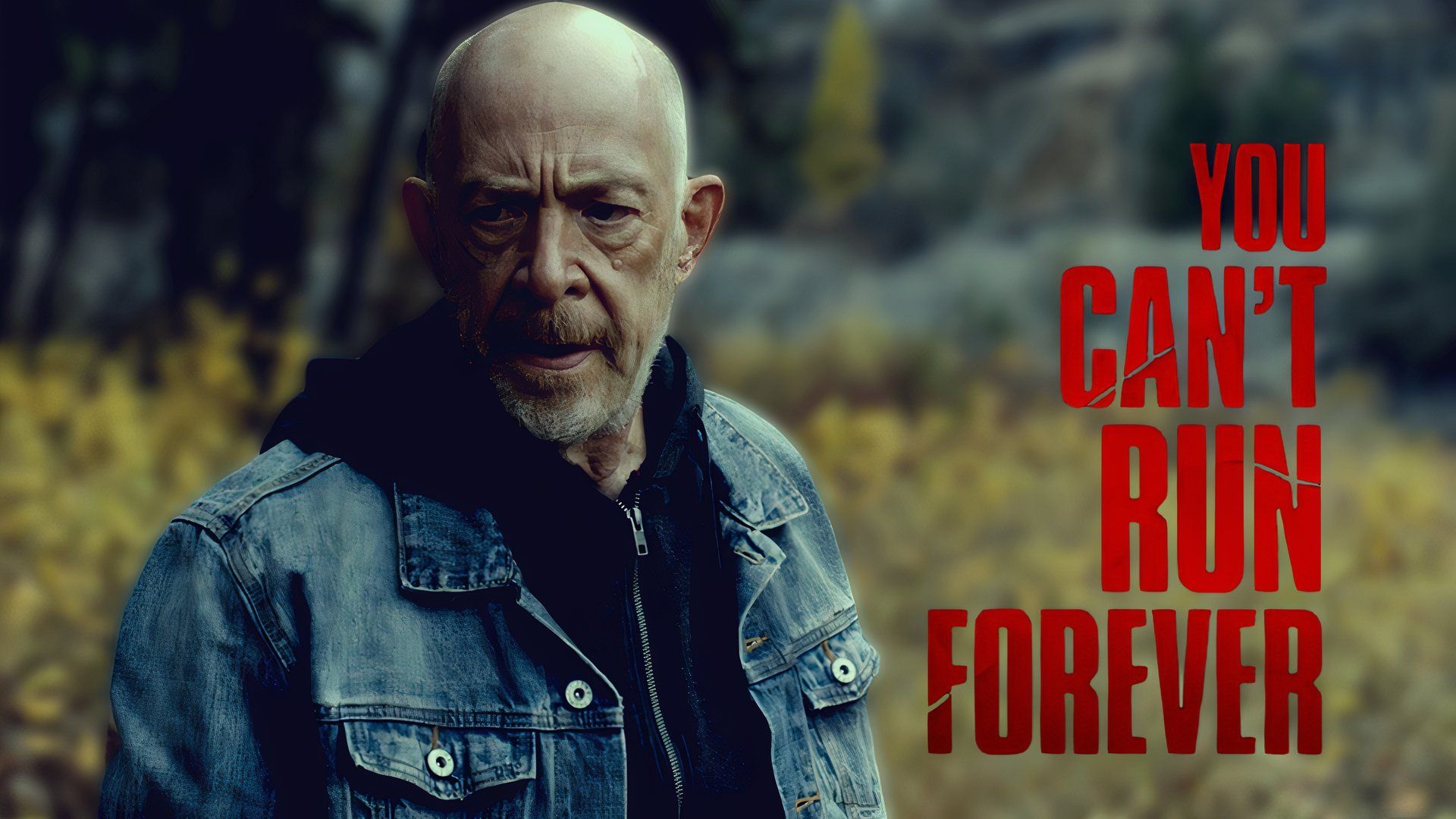







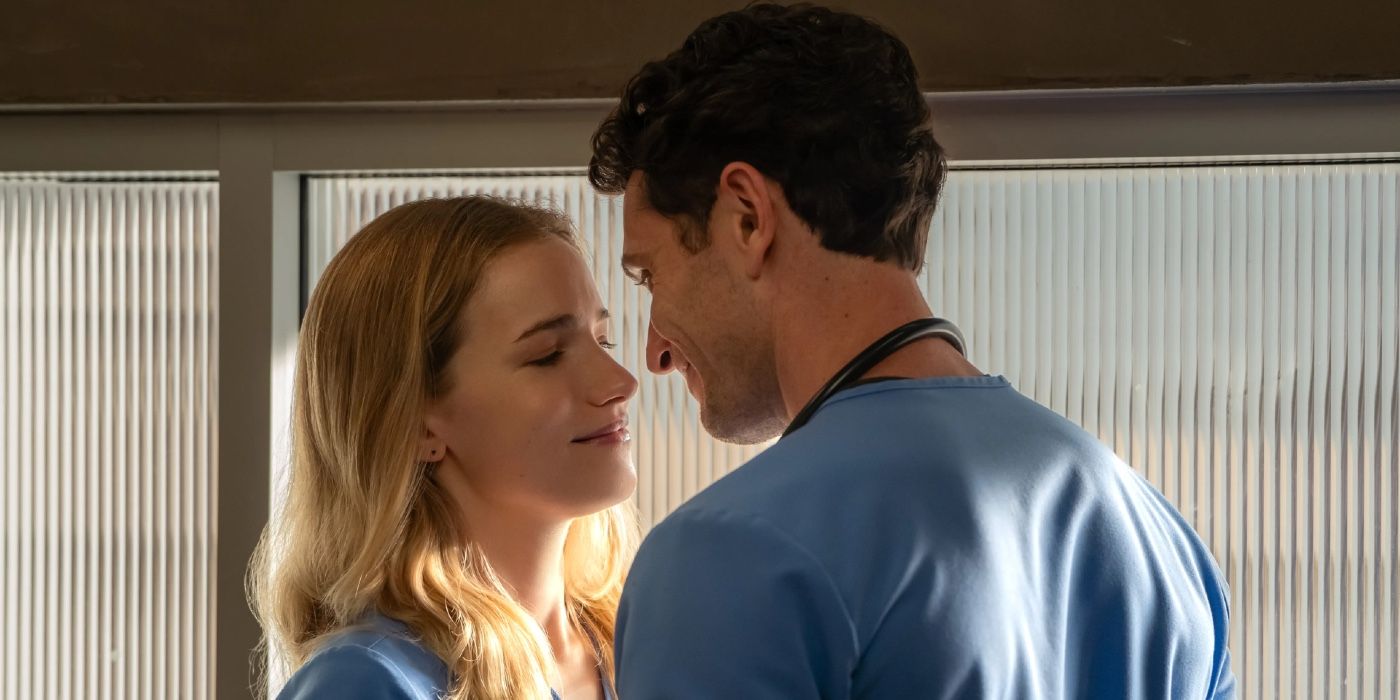

:quality(85):upscale()/2025/04/14/701/n/1922564/ecd11f8667fd2ed0e5c216.48042947_.png)
